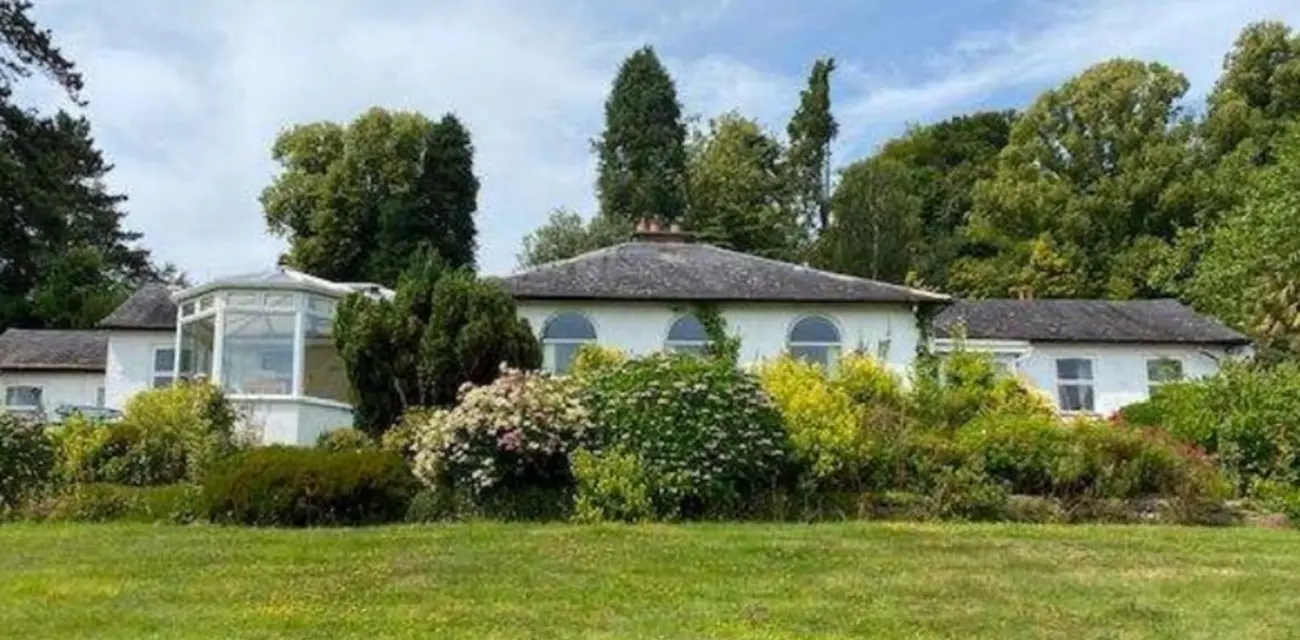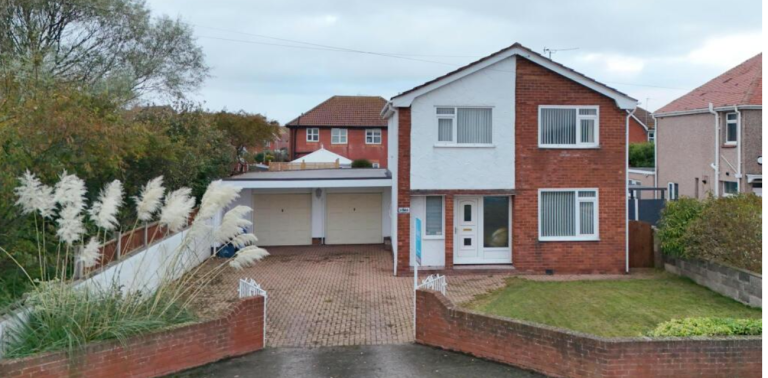In a decision that has sparked a mix of approval and concern among locals, the planning committee of Anglesey has approved the demolition of a 1930s single-storey house known as ‘Ynys Y Big,’ situated along the picturesque Menai Strait. The house, which is valued at nearly £2 million, is located in a highly sought-after area dubbed “millionaires’ row” and even boasts its own private island linked by a charming wooden walkway.
The committee’s meeting, held on October 2, revolved around the proposal submitted by Geraint and Paula Jewson, which seeks to replace the existing dwelling with a modern two-storey property. The site, encompassing 1.62 hectares, is adjacent to the A545 in Glyn Garth, nestled between the historic towns of Menai Bridge and Beaumaris. It lies within an Area of Outstanding Natural Beauty (AONB), enhancing the tension between development and environmental preservation.
Rhys Davies, the agent representing the applicants, informed the committee that the existing structure is in a “truly poor state.” He emphasized that this third application has been meticulously revised following two previous refusals in 2019 and 2021. “It’s now a much smaller, traditional house,” Davies stated, aiming to address previous concerns regarding the building’s scale and design.
Local councillors Carwyn Jones and Alun Roberts, who called in the application for discussion, voiced their reservations about the changes. Davies countered these concerns by asserting that the new house’s footprint has been “moved back” on the site, ensuring minimal visual impact for neighboring properties. “The plans have been discussed with neighbours,” he added, underscoring efforts to involve the community in the planning process.
Despite the revisions, Cllr Alun Roberts acknowledged lingering “local concerns,” particularly regarding the proximity of the new dwelling to the Menai Strait and the proposed increase in the building’s footprint by 12%. “The proposed dwelling will be prominent compared to the current property and more visible, especially to the neighbouring properties and those living in Gwynedd, across the Menai Straits,” he warned.
The committee was reminded that the site’s AONB designation presents unique challenges, and while many agreed on the high quality of the proposed design, concerns about the existing structure’s condition were paramount. Planning manager Rhys Jones noted that the property has been evaluated for dampness and structural integrity, revealing significant issues, including the likelihood of asbestos presence and the need for extensive groundwork.
“The renovation and retention of the existing building is not economically feasible,” Jones explained, emphasizing that the repair costs outweighed the potential benefits. “It’s clear that work needed to bring the property to an acceptable standard are significant,” he concluded.
Cllr Jeff Evans praised the application as “reasonable, of a high quality design,” citing an independent evaluation by a chartered surveyor as reassurance of its feasibility. In contrast, Cllr Neville Evans remarked that while the exterior of the house appeared well-maintained, the council’s lack of access to the interior raised further questions. Health and safety concerns had prevented councillors from touring the inside, although an offer was made to facilitate such a visit.
After extensive discussions and a thorough review of the proposal’s implications, the planning committee unanimously voted to approve the demolition, marking a significant moment for this historic property. As the discussions surrounding development in such sensitive areas continue, this decision serves as a reminder of the delicate balance between modern needs and the preservation of natural beauty in Anglesey.







